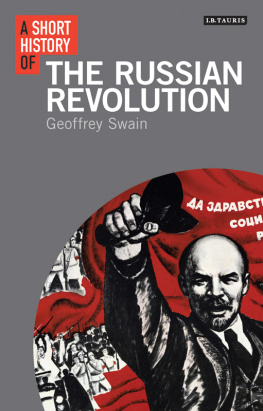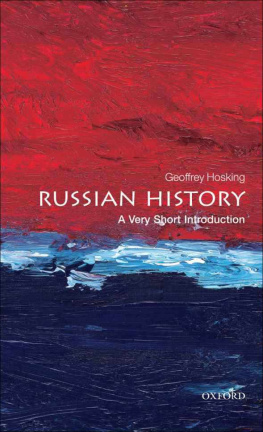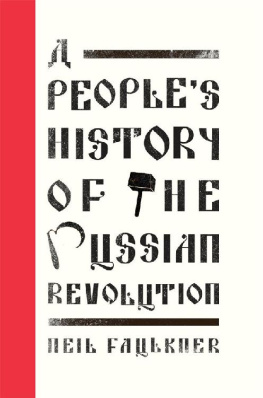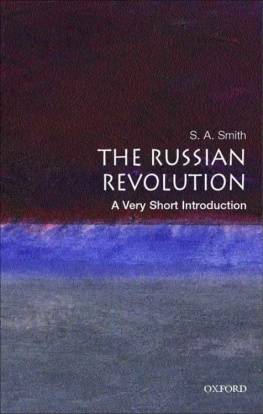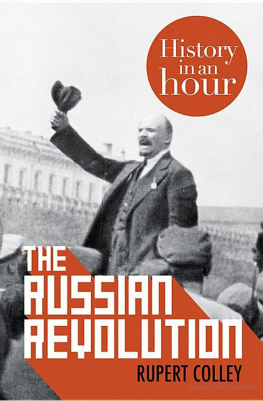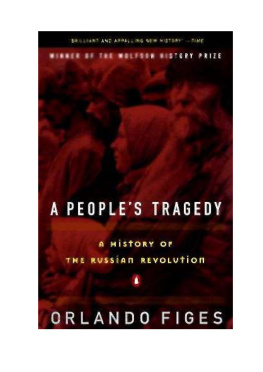

I.B.TAURIS SHORT HISTORIES
I.B.Tauris Short Histories is an authoritative and elegantly written new series which puts a fresh perspective on the way history is taught and understood in the twenty-first century. Designed to have strong appeal to university students and their teachers, as well as to general readers and history enthusiasts, I.B.Tauris Short Histories comprises a novel attempt to bring informed interpretation, as well as factual reportage, to historical debate. Addressing key subjects and topics in the fields of history, the history of ideas, religion, classical studies, politics, philosophy and Middle East studies, the series seeks intentionally to move beyond the bland, neutral introduction that so often serves as the primary undergraduate teaching tool. While always providing students and generalists with the core facts that they need to get to grips with the essentials of any particular subject, I.B.Tauris Short Histories goes further. It offers new insights into how a topic has been understood in the past, and what different social and cultural factors might have been at work. It brings original perspectives to bear on the manner of its current interpretation. It raises questions and in its extensive bibliographies points to further study, even as it suggests answers. Addressing a variety of subjects in a greater degree of depth than is often found in comparable series, yet at the same time in concise and compact handbook form, I.B.Tauris Short Histories aims to be introductions with an edge. In combining questioning and searching analysis with informed history writing, it brings history up-to-date for an increasingly complex and globalized digital age.
www.short-histories.com
This is an excellent contribution to an excellent series. Professor Swain's A Short History of the Russian Revolution is invaluable reading for those who seek to understand the Bolshevik seizure of power in October 1917. This brief, clearly argued and well-illustrated volume brings to bear decades of research of one of Britain's leading historians of the Russian Revolution.
James Harris, Senior Lecturer in Modern European History, University of Leeds
A Short History of...



Published in 2017 by
I.B.Tauris & Co. Ltd
London New York
www.ibtauris.com
Copyright 2017 Geoffrey Swain
The right of Geoffrey Swain to be identified as the author of this work has been asserted by the author in accordance with the Copyright, Designs and Patents Act 1988.
All rights reserved. Except for brief quotations in a review, this book, or any part thereof, may not be reproduced, stored in or introduced into a retrieval system, or transmitted, in any form or by any means, electronic, mechanical, photocopying, recording or otherwise, without the prior written permission of the publisher.
Every attempt has been made to gain permission for the use of the images in this book. Any omissions will be rectified in future editions.
References to websites were correct at the time of writing.
ISBN: 978 1 78076 792 5 (HB)
ISBN: 978 1 78076 793 2 (PB)
eISBN: 978 1 78672 188 4
ePDF: 978 1 78673 188 3
A full CIP record for this book is available from the British Library
A full CIP record is available from the Library of Congress
Library of Congress Catalog Card Number: available
Typeset by Fakenham Prepress Solutions, Fakenham, Norfolk NR21 8NN
To Di
Contents
List of Illustrations
Pavel Milyukov, leader of the Kadet liberals and foreign minister in the First Provisional Government
State Duma deputy and Soviet leader Nikolai Chkheidze addressing soldiers Getty Images
A womens rally. The banner reads: electoral rights for women Alamy Stock Photo
A meeting of the Soldiers Soviet in the chamber of the State Duma
Iraklii Tsereteli, leader of the Social Democrats in the Second State Duma and effective Soviet leader during the First Coalition Government
Kerensky during a tour of the front Alamy Stock Photo
Lenin addressing a crowd
The demonstration of 18 June, called by the Soviet Executive to support the First Coalition Government but subverted by the Bolsheviks. The banner reads: Down with the ten capitalist ministers, all power to the soviets of workers, soldiers and peasant deputies
General Lavr Kornilov in dress uniform
Lenin disguised as a worker so that he could return to Petrograd for the Bolshevik Central Committee meeting on 10 October 1917 Alamy Stock Photo
Soldiers and red guards ready for action
Alexander Shlyapnikov, a leading Bolshevik activist in the underground years and a key figure in February 1917; commissar of labour in Lenins first government
Solomon Lozovsky, a leading Bolshevik trade unionist and vocal critic of Lenins decision to include only Bolsheviks in his first government
Trotsky, after his appointed as military commissar in March 1918 Getty Images
All images are public domain, unless stated otherwise.
Acknowledgements
This book is the product of many years academic research and teaching. I would like to acknowledge the intellectual stimulation provided by teaching students at the universities of Cardiff, the West of England, and Glasgow, as well as the insights gained in discussions at conferences of the Study Group on the Russian Revolution.
Timeline
Note: until 1 February 1918 Russia used the old Julian Calendar, meaning that events took place 13 days before the date in those countries using the modern Gregorian Calendar. 1 February 1918 old style became 14 February 1918 new style.

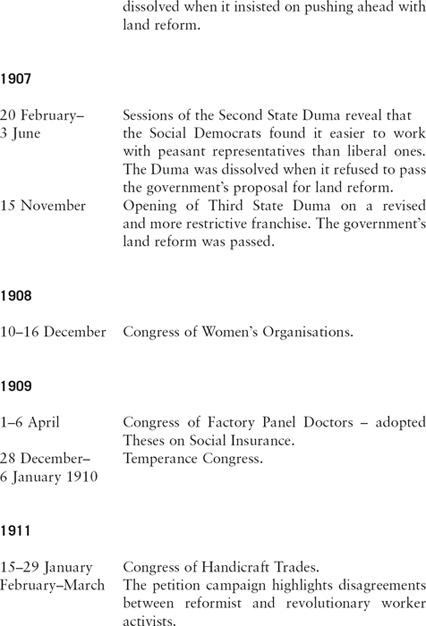
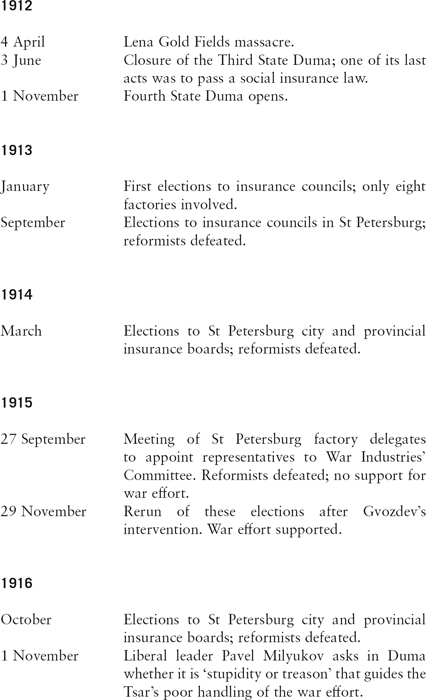
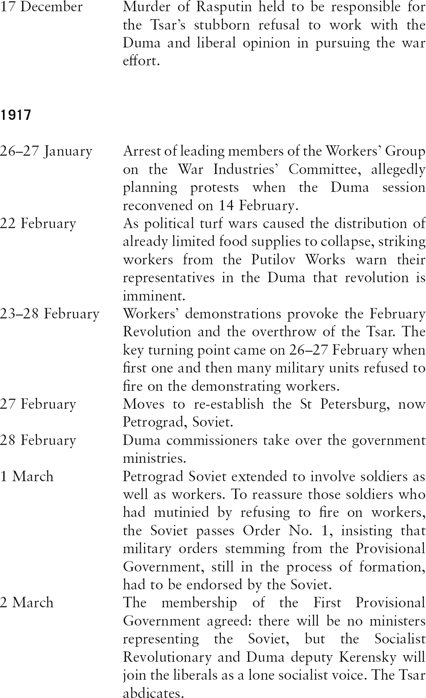
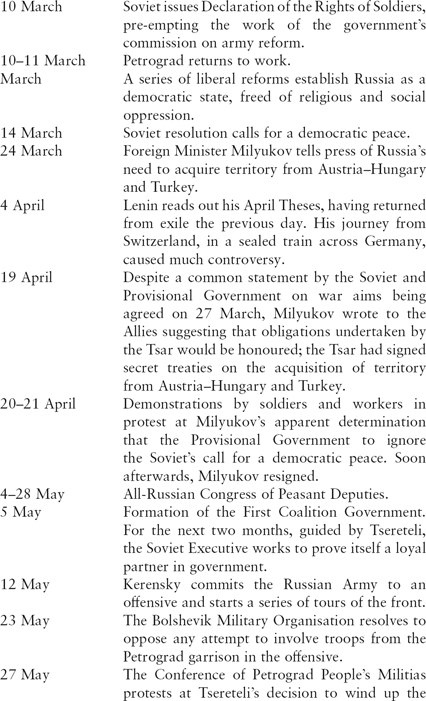
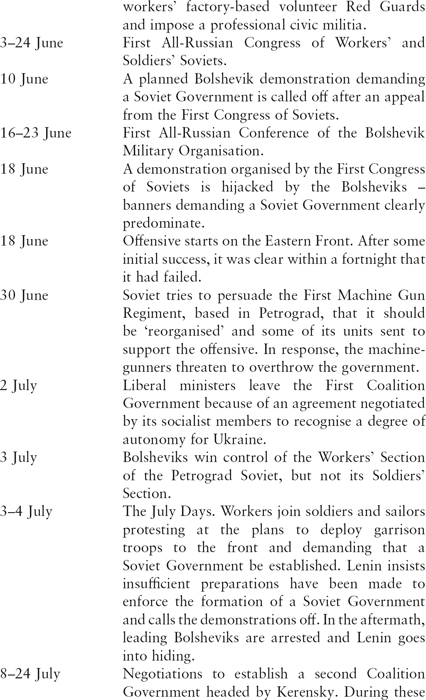
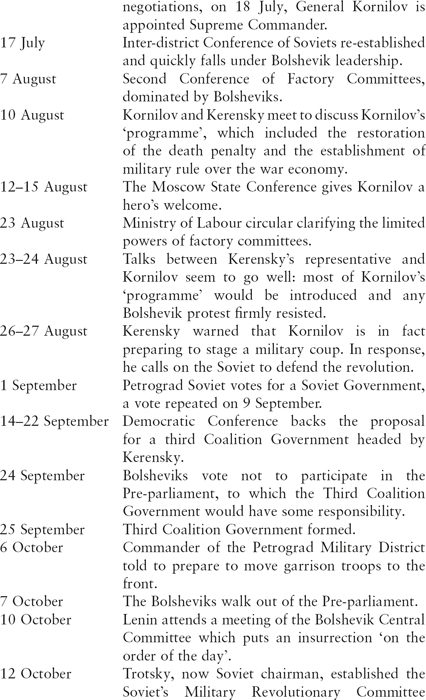

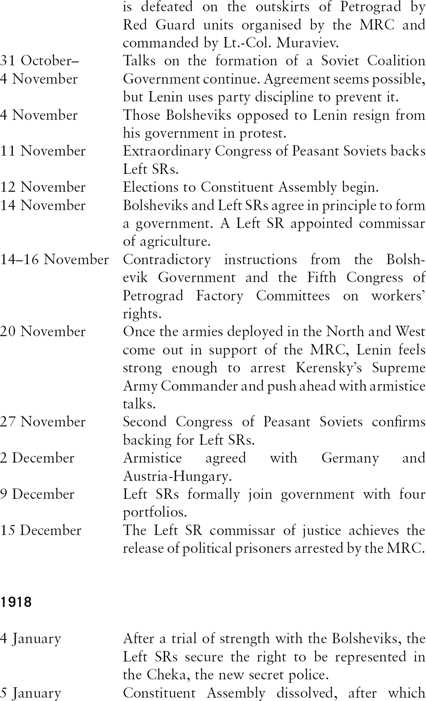
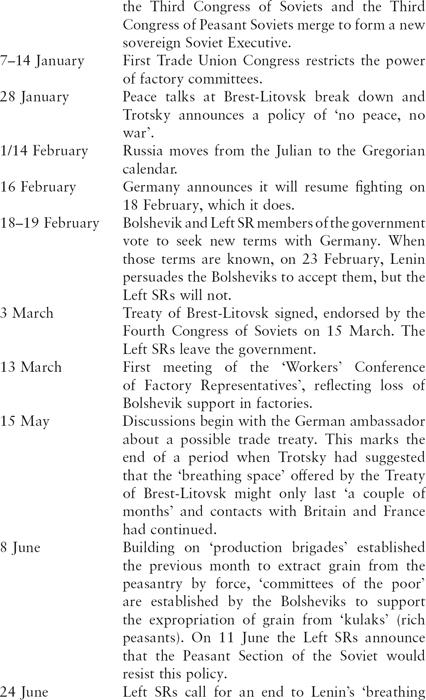

Next page
